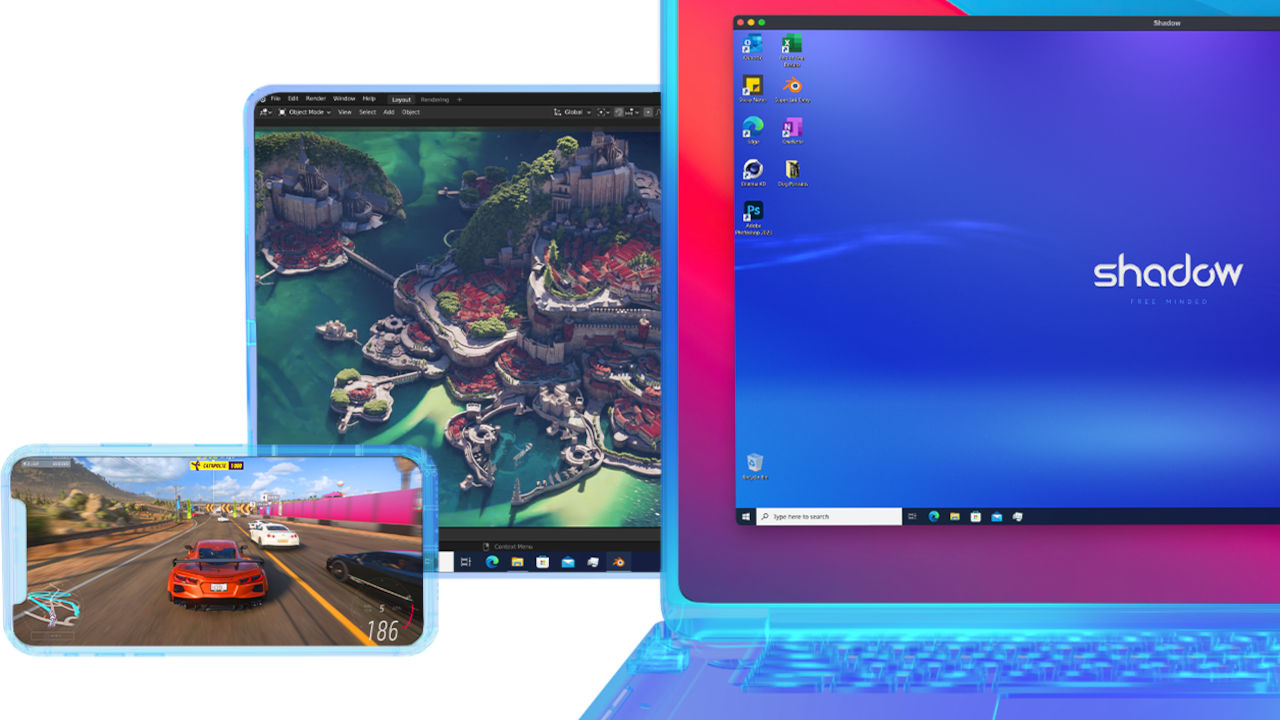- Wondering how to get Monopoly GO! free rolls? Well, you’ve come to the right place. In this guide, we provide you with a bunch of tips and tricks to get some free rolls for the hit new mobile game. We’ll …
Best Roblox Horror Games to Play Right Now – Updated Weekly
By Adele Wilson
Our Best Roblox Horror Games guide features the scariest and most creative experiences to play right now on the platform!The BEST Roblox Games of The Week – Games You Need To Play!
By Sho Roberts
Our feature shares our pick for the Best Roblox Games of the week! With our feature, we guarantee you'll find something new to play!Type Soul Clan Rarity Guide – All Legendary And Common Clans Listed!
By Nathan Ball
Wondering what your odds of rolling a particular Clan are? Wonder no more, with my handy Type Soul Clan Rarity guide.
GDC 2023: Revived Shadow Has Big Plans in the Streaming Space
While at GDC 2023, we caught up with Shadow, the previously-gaming focused streaming platform. We say previously, as the team has been hard at work expanding into a number of different areas. Some of these are related to gaming, while …

While at GDC 2023, we caught up with Shadow, the previously-gaming focused streaming platform. We say previously, as the team has been hard at work expanding into a number of different areas. Some of these are related to gaming, while others are less so. Suffice to say, Shadow has been hard at work.
For those unaware, Shadow made its name in the middle of the last decade as one of the key players in the games streaming space. It launched around the same time as GeForce Now – previously known as Nvidia Grid – as one of the first games streaming platforms.
Over the years, the spotlight has been stolen by the likes of GeForce Now, Game Pass, and the late Google Stadia, but it’s quietly improved behind the scenes. So much so that in 2021, Shadow underwent a change in leadership.
Big Changes in 2021
The new leadership rung in huge changes following its takeover in May 2021, migrating all servers to greener water-cooled data-centers. The users followed, onto a much more modern infrastructure with options for increased gaming performance.
Not only that, but Shadow launched in six new territories, including Canada, Spain, Italy, Sweden, Denmark, and Austria, and moved into B2B offerings. In gaming terms, that business-speak translates to live gaming demos ahead of launches.
The first example of this was a live demo of Elden Ring, which you could play in your browser ahead of the launch. Shadow aims to use this technology platform for future game launches, to give you a chance to try the game before you commit to purchasing.
Rounding out these changes is one of the latest fleets of GPUs in the world. Shadow now has over 30,000 of them available to Power Upgrade users, which are located in eight data centres covering the territories Shadow is currently available in.
Cloud VR
In an exciting move, Shadow is set to expand its reach even further with a push into VR. It’s no secret that headsets are expensive. The Meta Quest 2 stands alone at around $500 – which is expensive as it is – but then there’s those that rely on an expensive PC alongside it.
So it makes sense for a cloud-based streaming solution to bridge that gap. It works on Meta Quest with SteamVR games, and is included as part of a base Shadow PC account. It’s a good opportunity to test out VR if you’re not sold on it yet.
Shadow VR does have application that goes beyond just gaming, and Shadow is working with a number of partners. That includes France’s state-owned railway company, SNCF.
Glen Fox
Head of Editorial
More articles...
Monopoly GO! Free Rolls – Links For Free Dice
By Glen Fox
Wondering how to get Monopoly GO! free rolls? Well, you’ve come to the right place. In this guide, we provide you with a bunch of tips and tricks to get some free rolls for the hit new mobile game. We’ll …Best Roblox Horror Games to Play Right Now – Updated Weekly
By Adele Wilson
Our Best Roblox Horror Games guide features the scariest and most creative experiences to play right now on the platform!The BEST Roblox Games of The Week – Games You Need To Play!
By Sho Roberts
Our feature shares our pick for the Best Roblox Games of the week! With our feature, we guarantee you'll find something new to play!Type Soul Clan Rarity Guide – All Legendary And Common Clans Listed!
By Nathan Ball
Wondering what your odds of rolling a particular Clan are? Wonder no more, with my handy Type Soul Clan Rarity guide.







